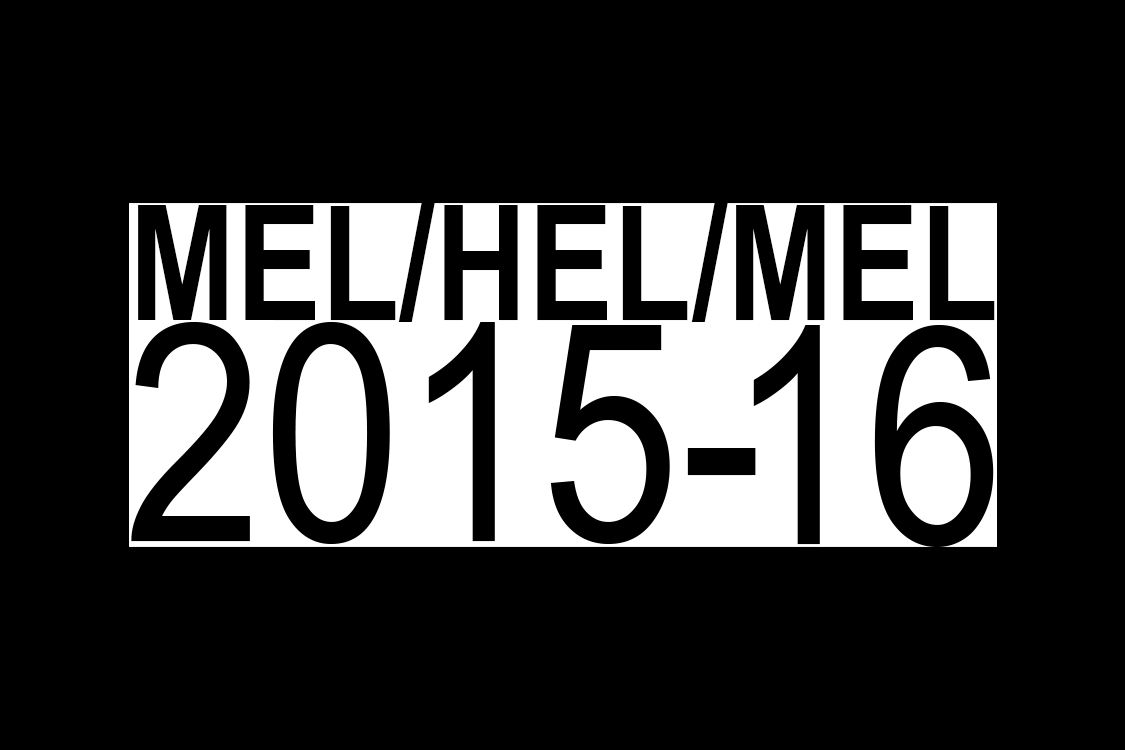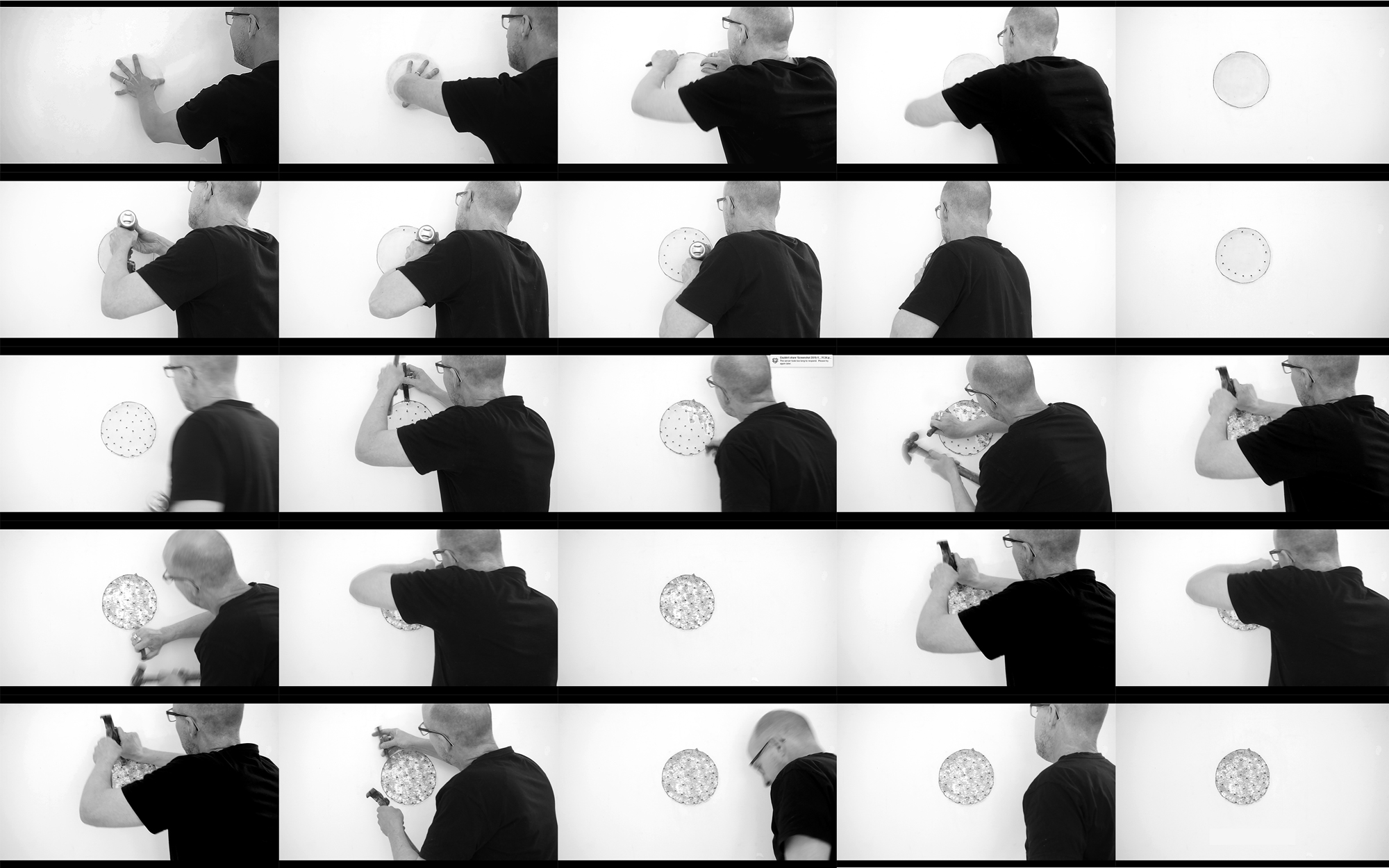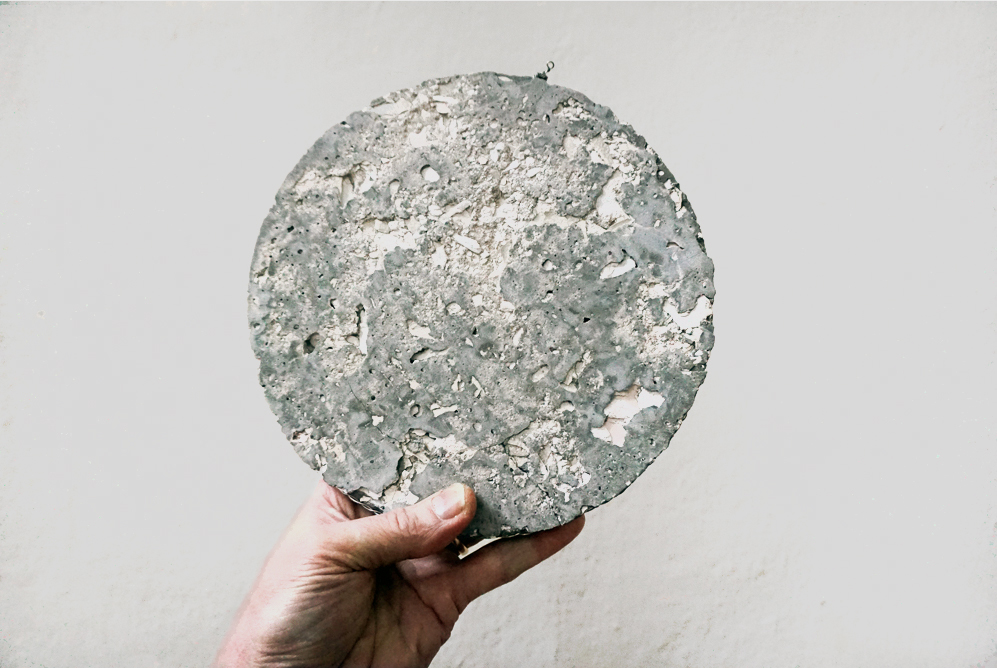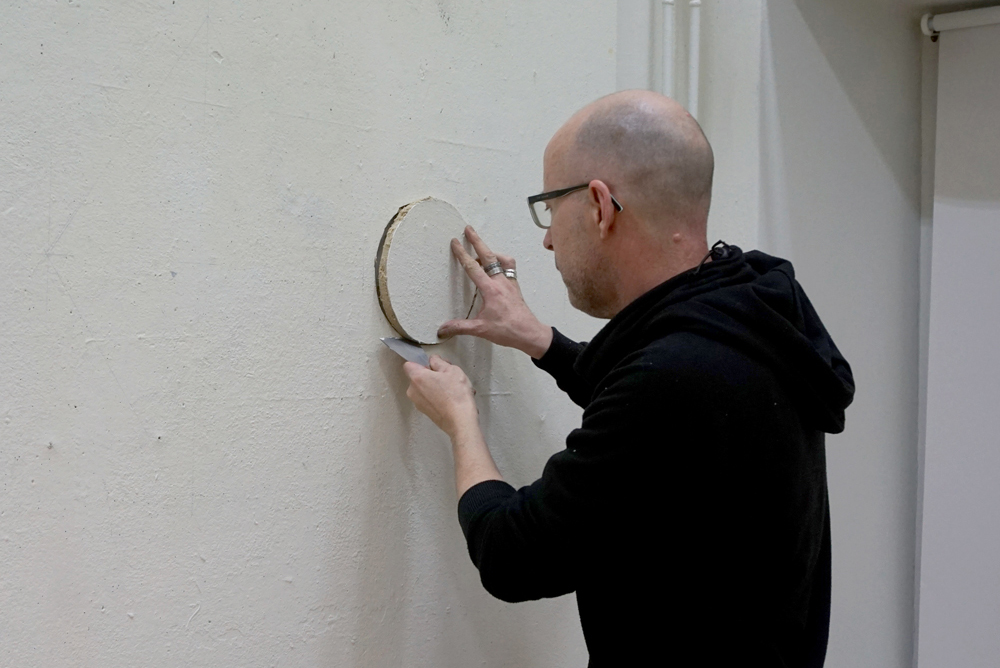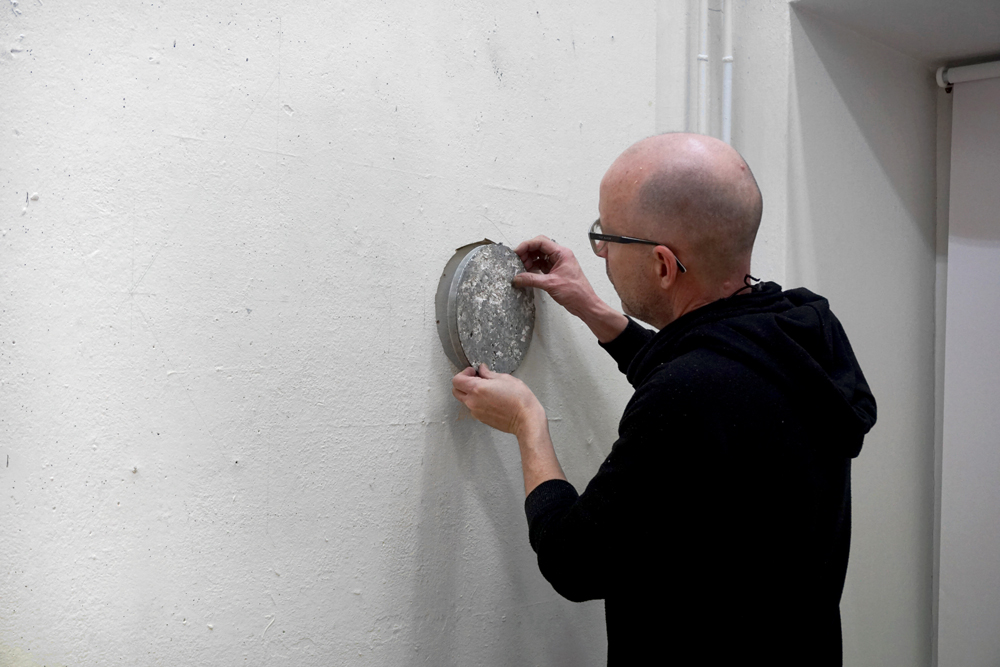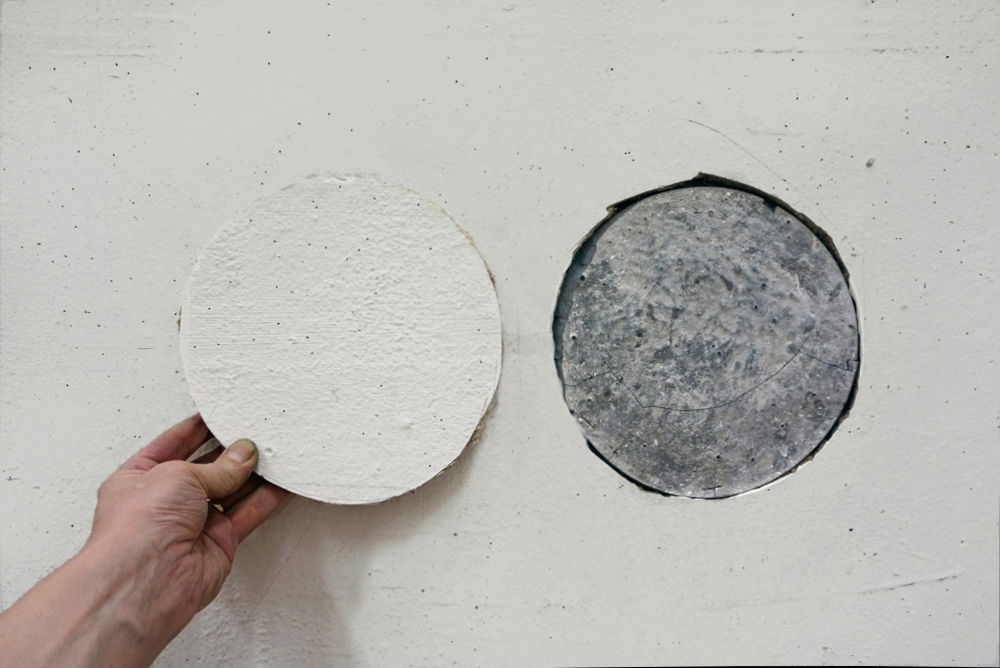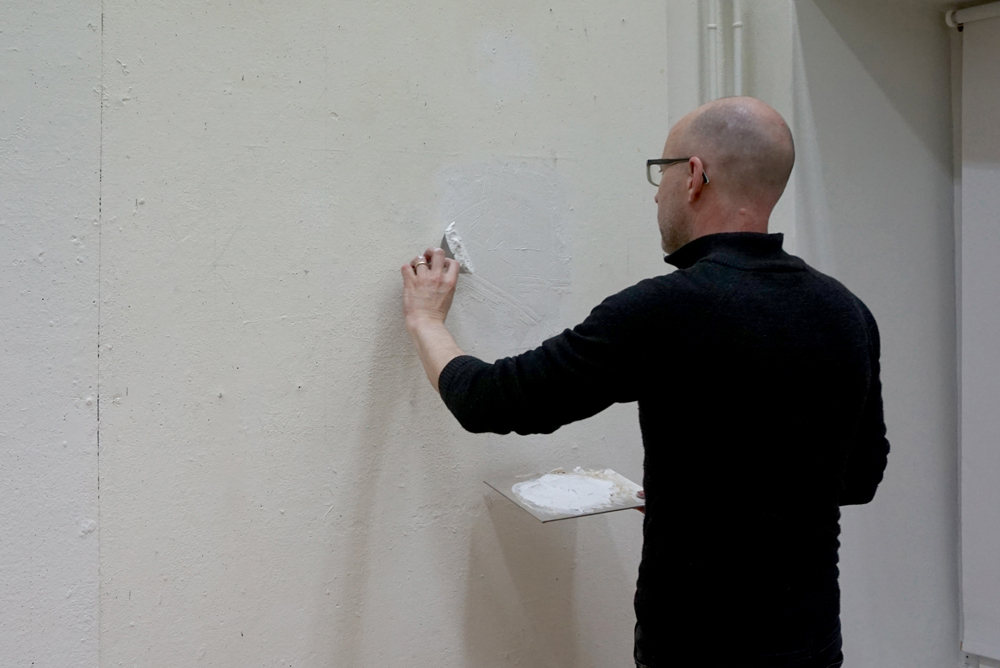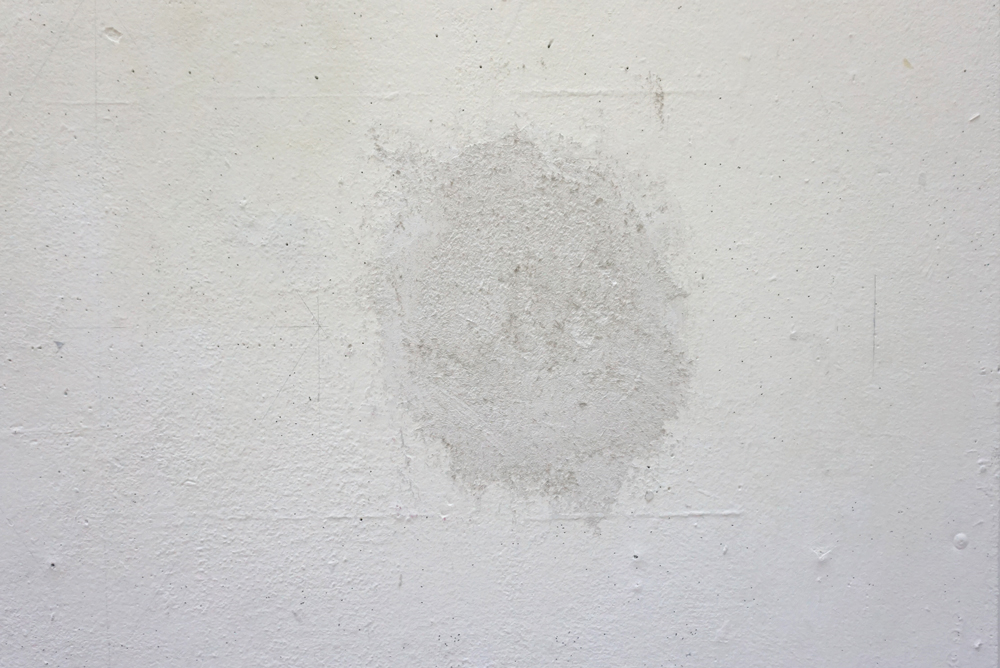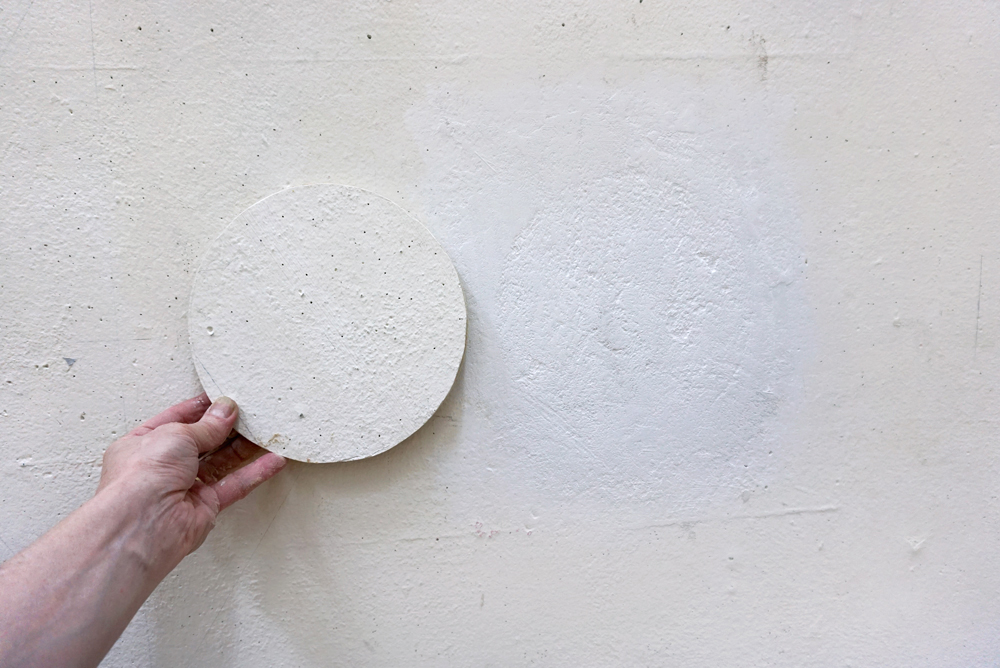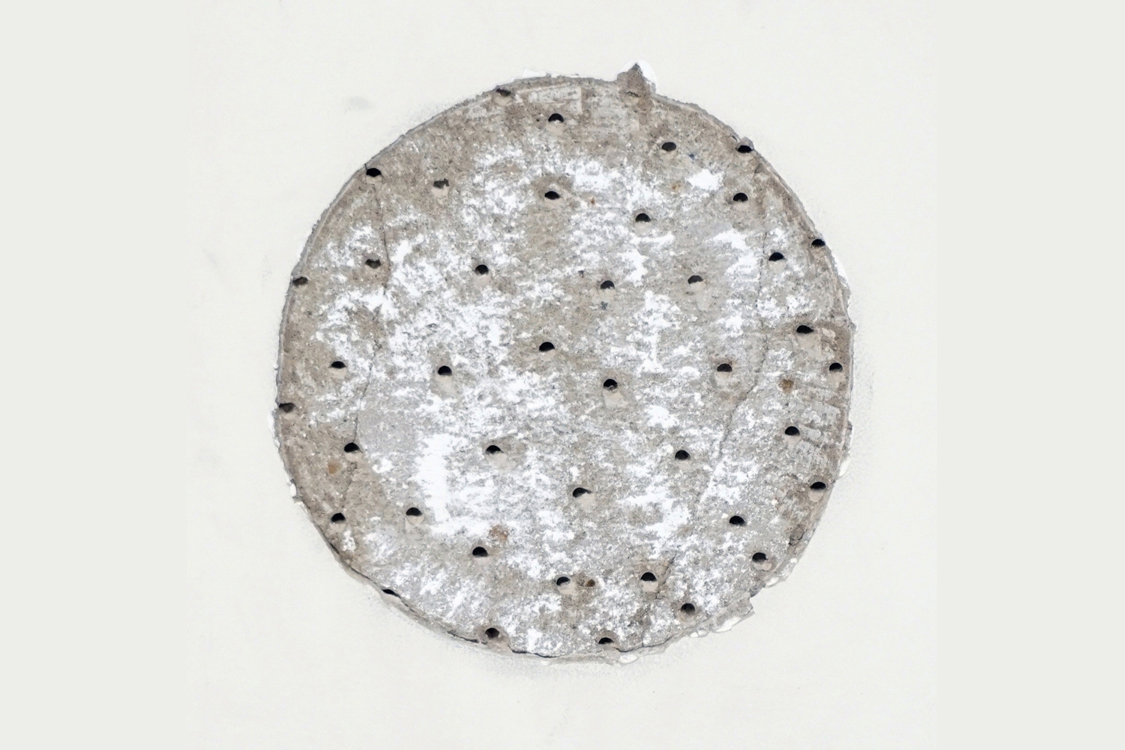Mark Hislop lives and works in Naarm, on the land of
the Wurundjeri people of the Kulin Nation.
MEL/HEL/MEL
Melbourne & Helsinki 2015–16
In November 2015, I began a three-month residency at the Helsinki International Artist Program (HIAP). Before departing Melbourne, I removed a small section of wall from my studio—fragments of paint and plaster—and cast these materials into a concrete disk measuring 15cm, diameter and 1.5cm deep.
I transported this disk to Helsinki, where I embedded it into the wall of my residency studio, carefully extracting a corresponding circular section to return to Melbourne at the end of my residency to fill the vacant space created by the initial extraction. Both disks were carefully concealed with plaster and paint, making them invisible to future occupants.
The completed work exists as two permanent, hidden installations: a piece of Melbourne embedded in a Helsinki studio wall, and a piece of the Helsinki studio embedded in my Melbourne studio wall. Neither intervention is detectable without prior knowledge of its existence.
MEL/HEL/MEL sits within a range of contemporary artistic practices that question models of artistic mobility, cultural exchange and market-driven capitalist forces.
The project challenges the practice of artists traveling to extract inspiration, experiences, or materials from other locations, and stands in contrast to the commercial logic that typically governs international artist residencies.
Rather than treating the Helsinki residency as an opportunity to gather material to make more stuff, my time was spent working with ideas concerning reciprocal transformation, acknowledging that cultural exchange requires something more than merely collecting experiences.
Style recognition equals value accumulation within contemporary art markets. As bland and unconvincing as this may be for many artists the artworld encourages artists to function as cultural tourists, accumulating diverse experiences with the expectation being that artists’ output remains fundamentally unchanged.
This work's hidden nature questions market demands for documentation and proof of value. In a culture where travel experiences are typically performed through social media and artistic output, MEL/HEL/MEL exists independently of market recognition or validation. The documentation photographs show the process of extraction, transport, and installation, but the completed work remains permanently hidden within the architectural structure of both studios.
By making both interventions undetectable, the project questions assumptions about artistic labour and cultural production. The work's completion cannot be verified through visual inspection, and its ongoing presence affects each location without announcing itself. This hidden operation suggests alternative ways of understanding artistic impact and cultural influence.
MEL/HEL/MEL questions what constitutes artistic presence and how meaning can operate outside traditional display mechanisms. By embedding my intervention directly into functional architectural structures, the work becomes part of their hidden material history, examining how built environments shape social relations while the sites of exchange become sites of permanent reciprocal connection. The intervention exists only as invisible architectural fact.
Documentation photographs show the process of extraction, transport, and installation, but the completed work remains permanently hidden within the architectural structure of both studios.
